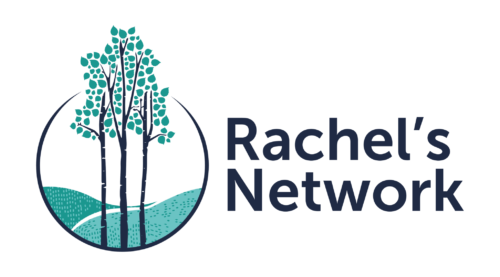From the forests of Rwanda and the mountains of Cambodia; to the beaches of Nicaragua and home to the US again – I feel fortunate to have explored many special corners of the world in my conservation career.
Along the way, I have learned that effective conservation is fueled by: a specific biodiversity focus; clearly identified threats and an integrated mitigation plan; the right type of financing; talented (and often charismatic) field staff; and local partners. Collaboration is the key ingredient that pulls all of these together.
When I was director of the International Gorilla Conservation Program in Rwanda in the 1990s, we worked with many partners to protect mountain gorillas and other iconic species through anti-poaching patrols, enterprise work, park staff training, and many other activities.
This work generated a track record of success that continues to this day. The mountain gorilla population is increasing, livelihoods in surrounding communities are improving, and park staff capacity is growing. A new mountain gorilla census is underway, and we are optimistic that the findings will show collaborative conservation works.
Years later, when I became the Executive Director of Fauna & Flora International (FFI), the first project I visited was focused on marine turtles in Nicaragua. The threat to turtle nesting beaches along the Pacific coast was significant – almost 100 percent of eggs laid were lost to poaching. But I quickly learned that we had the right field staff to turn this dire situation around.
Our staff met with constituencies bordering the nesting beaches – community and NGO partners, local fisherman, women’s cooperatives, schools. The collaborative nature of our project was powerfully clear. Later that evening, watching female turtles come ashore to lay their eggs was nothing short of magical.
This visit to Nicaragua inspired me to engage with our board and private and foundation supporters. Together, we established funding for this special program.
Within a decade, the field team did what we envisioned was possible from our first visit. They brought poaching down to negligible levels by working on direct protection, community engagement, behavior change as it related to turtle egg consumption, and more.
Our team scaled up from one nesting beach for olive ridley turtles, to leatherback nesting sites, and even hawksbill turtle nesting areas that doubled the known population along the Eastern Pacific. This year marks the best nesting season for leatherback turtles since 2009.
Changes are evident in the local community too. Former poachers are beach monitors and hatchery managers; women are generating revenue by weaving handicrafts from reclaimed plastic bags; and children are ever-vigilant that a taste for turtle eggs does not return on their watch!
By targeting our US conservation efforts to flagships like Nicaragua, we have been able to stay lean and provide a high return on investment. The majority of our original investors are still with us today because they can see the impact of their contributions and are valued members of the global team it takes to deliver effective conservation.
It is a pleasure to look back and see how collaboration and commitment produces tangible and sustainable results. This is a message of hope for the future of conservation.



